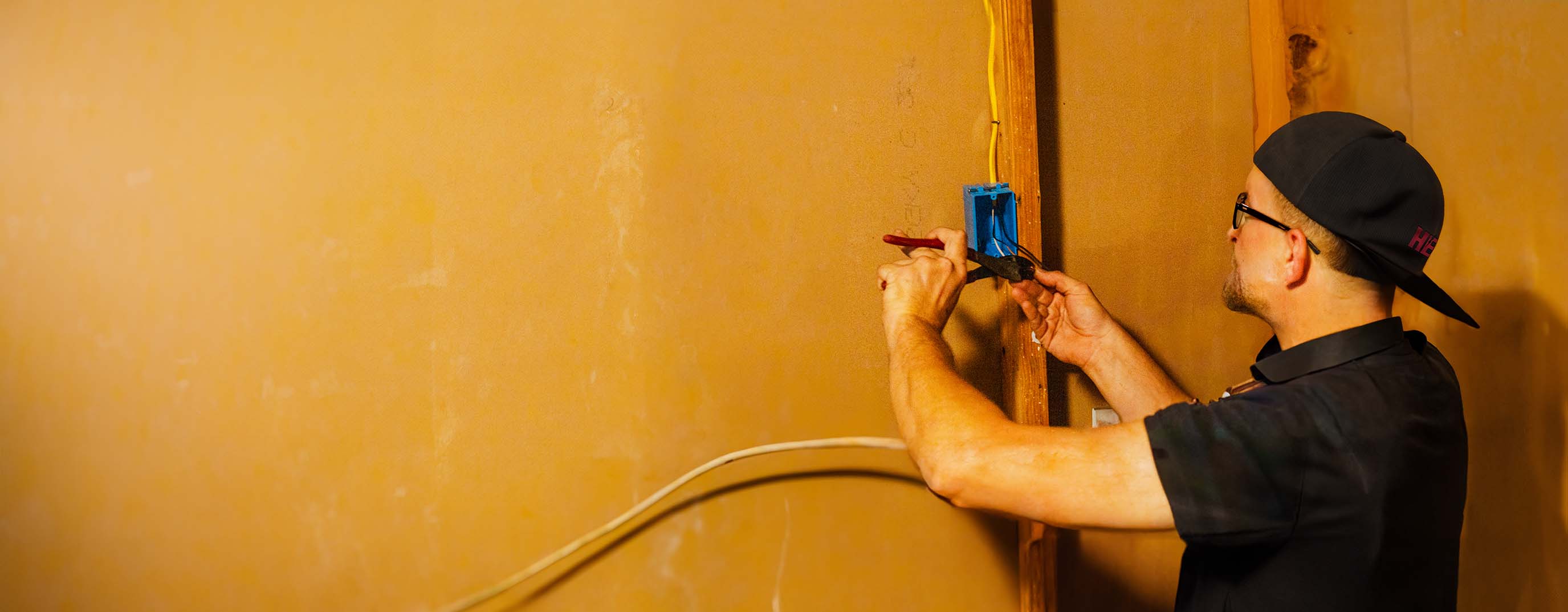- HEP
- Advanced Devices

 Advanced Devices
Advanced Devices
Advanced Devices | Smoke Detectors | Electrical | Pioneer
HEP's advanced devices electrical offer a robust range of solutions where technology meets safety. At the heart of these innovations are precision-engineered smoke detectors that provide reliable, early warning in case of fire hazards. Combining state-of-the-art sensing technology with seamless electrical integration, these devices ensure that every environment—from industrial spaces to modern homes—stays secure and protected.
Embrace the future of fire safety and efficiency with a line of smoke detectors designed to meet the highest standards of performance. HEP's expert engineering and innovative design set a new benchmark in the industry, ensuring that every system is equipped to detect smoke swiftly and accurately, keeping both lives and property safe.
FAQs
What are the key features of Pioneer’s advanced smoke detectors?
Pioneer's advanced smoke detectors are designed with cutting-edge technologies to ensure optimum performance and reliability. These devices include highly sensitive sensors for fast detection of various types of smoke, integrated multi-sensor technology for both ionization and photoelectric detection, and smart analytics that help minimize false alarms. The detectors are also equipped with wireless connectivity for easy integration with home automation and building management systems.
How do Pioneer smoke detectors ensure compliance with safety standards?
Safety compliance is a top priority for Pioneer. All advanced smoke detectors undergo rigorous testing and certification to meet international and regional safety standards, such as UL, CE, and EN. This includes fire safety regulations, electromagnetic compatibility, and performance standards. By adhering to these procedures, Pioneer not only assures reliability but also ensures that its products meet or exceed industry and governmental safety requirements.
What is the recommended installation process for these advanced smoke detectors?
Proper installation of Pioneer’s smoke detectors is essential for effective operation. The recommended process involves selecting an appropriate location away from drafts and heat sources, mounting the detector on the ceiling or high on the wall, and ensuring there is sufficient clearance for unobstructed sensor performance. Detailed installation instructions are provided in the product manual, and in some cases, professional installation services are advisable to guarantee optimal performance and integration with other systems.
How should the maintenance and testing of the smoke detectors be performed?
Routine maintenance and testing are vital for ensuring that smoke detectors function correctly during emergencies. It is recommended to perform regular visual inspections, clean any dust or debris from the sensor and casing, and test the alarm functions monthly using the built-in test button. Battery checks or replacements should be conducted as per the manufacturer’s guidelines, and any detected issues should prompt immediate service or replacement to maintain effective protection.
Can Pioneer’s smoke detectors be integrated with smart home systems?
Yes, Pioneer’s advanced smoke detectors are designed with smart integration in mind. These detectors offer wireless connectivity options that allow them to connect seamlessly with popular home automation systems, mobile apps, and central alarm systems. This integration not only supports real-time notifications and remote control through your smartphone but also complements other smart devices in your home, enhancing overall safety and convenience.
Are there customization options available for Pioneer’s advanced smoke detectors?
Absolutely. Pioneer understands that every installation environment may have unique requirements. Many models come with customizable settings such as adjustable sensitivity levels, alarm volumes, and even integration settings to better suit individual or commercial needs. Additionally, advanced configuration via mobile apps or central systems allows users to tailor the device’s operation to complement broader safety and automation strategies.